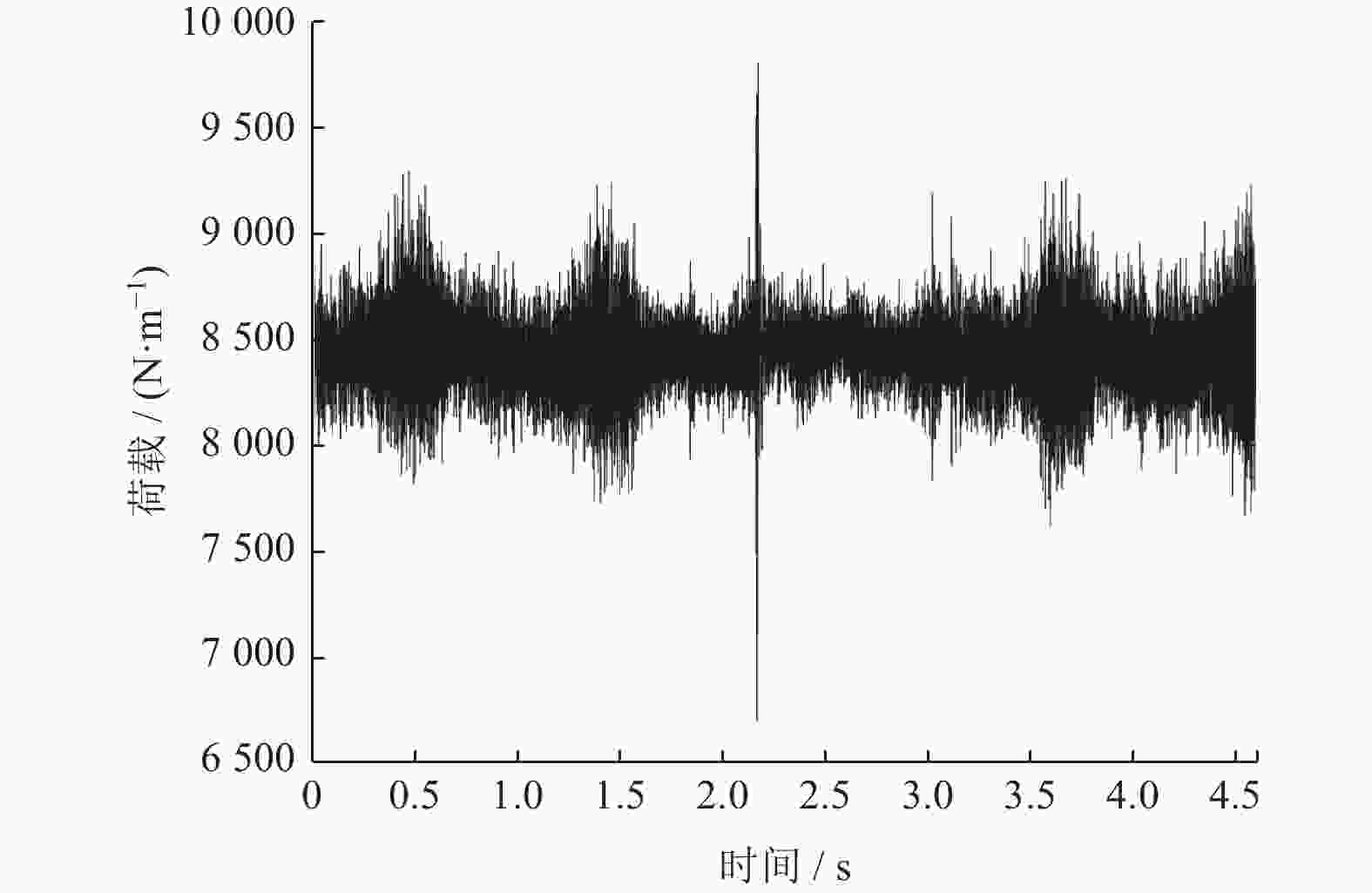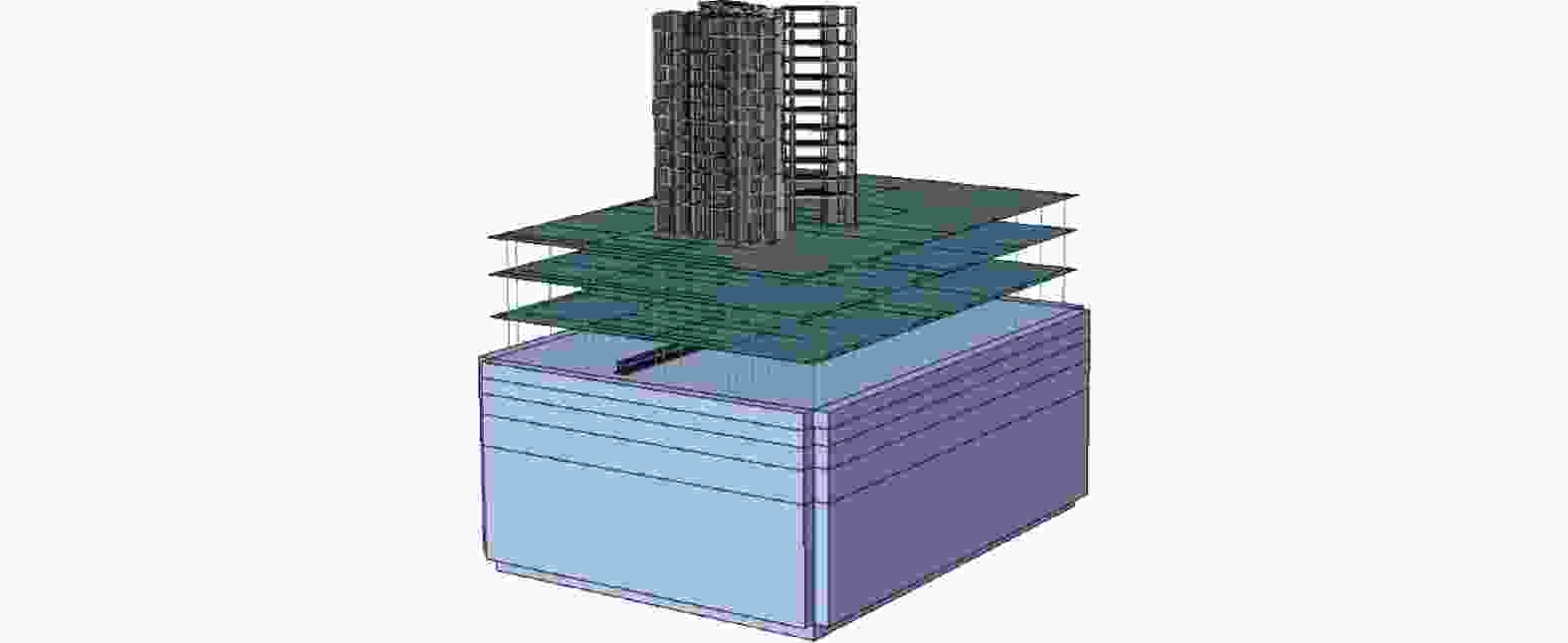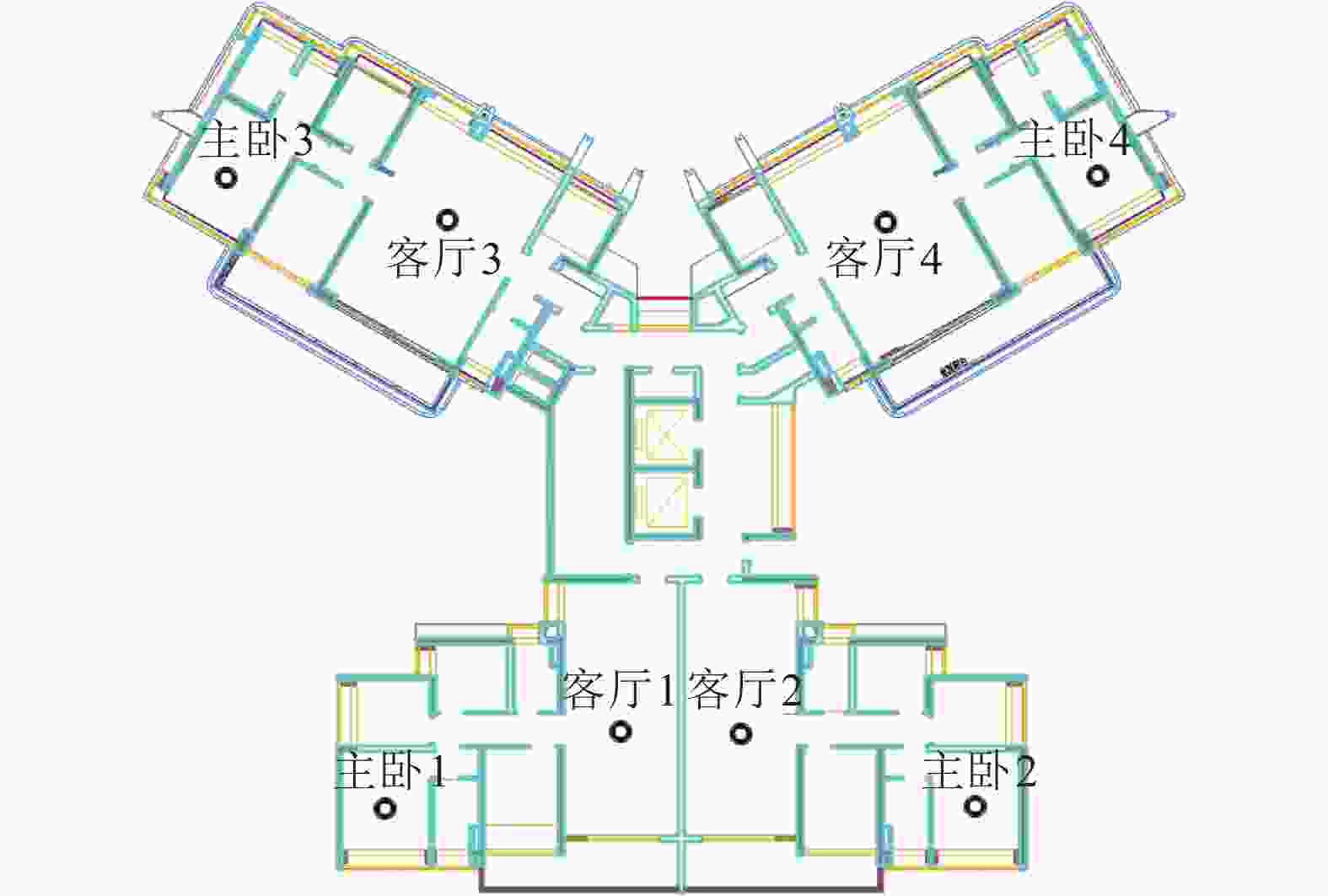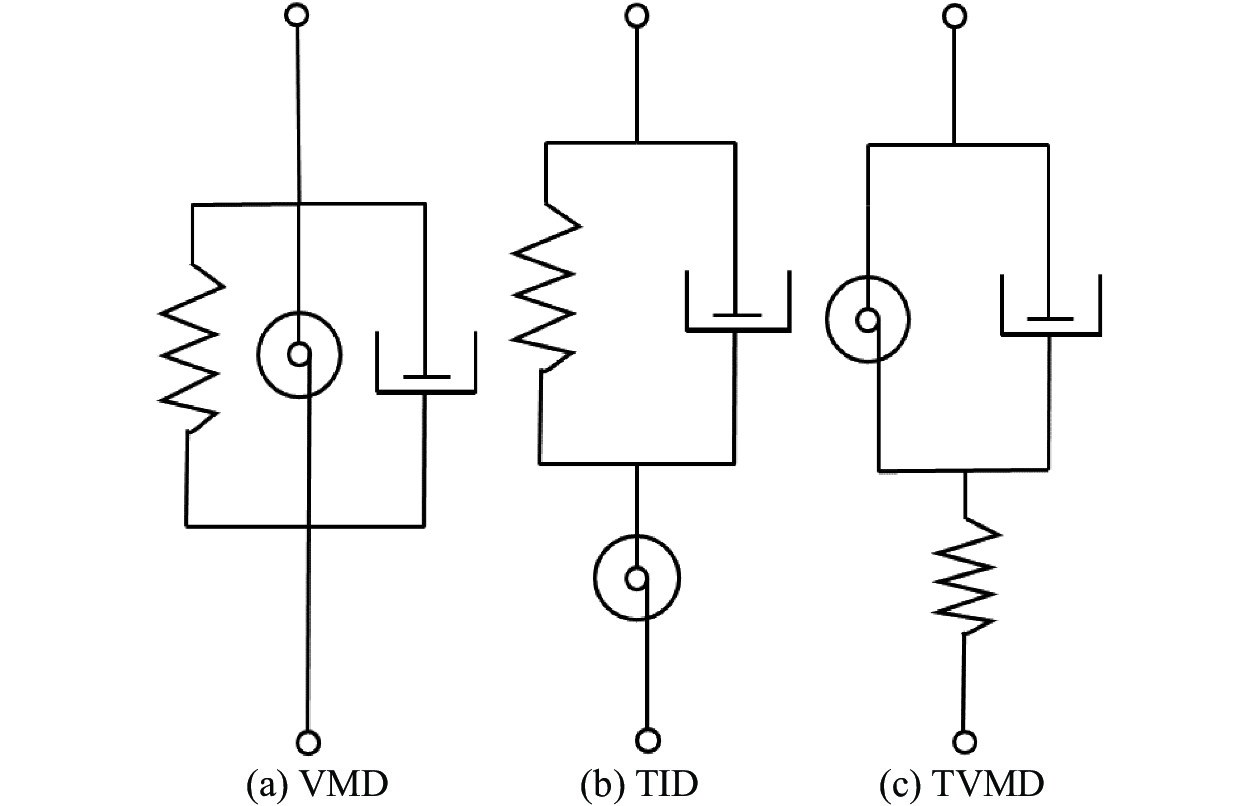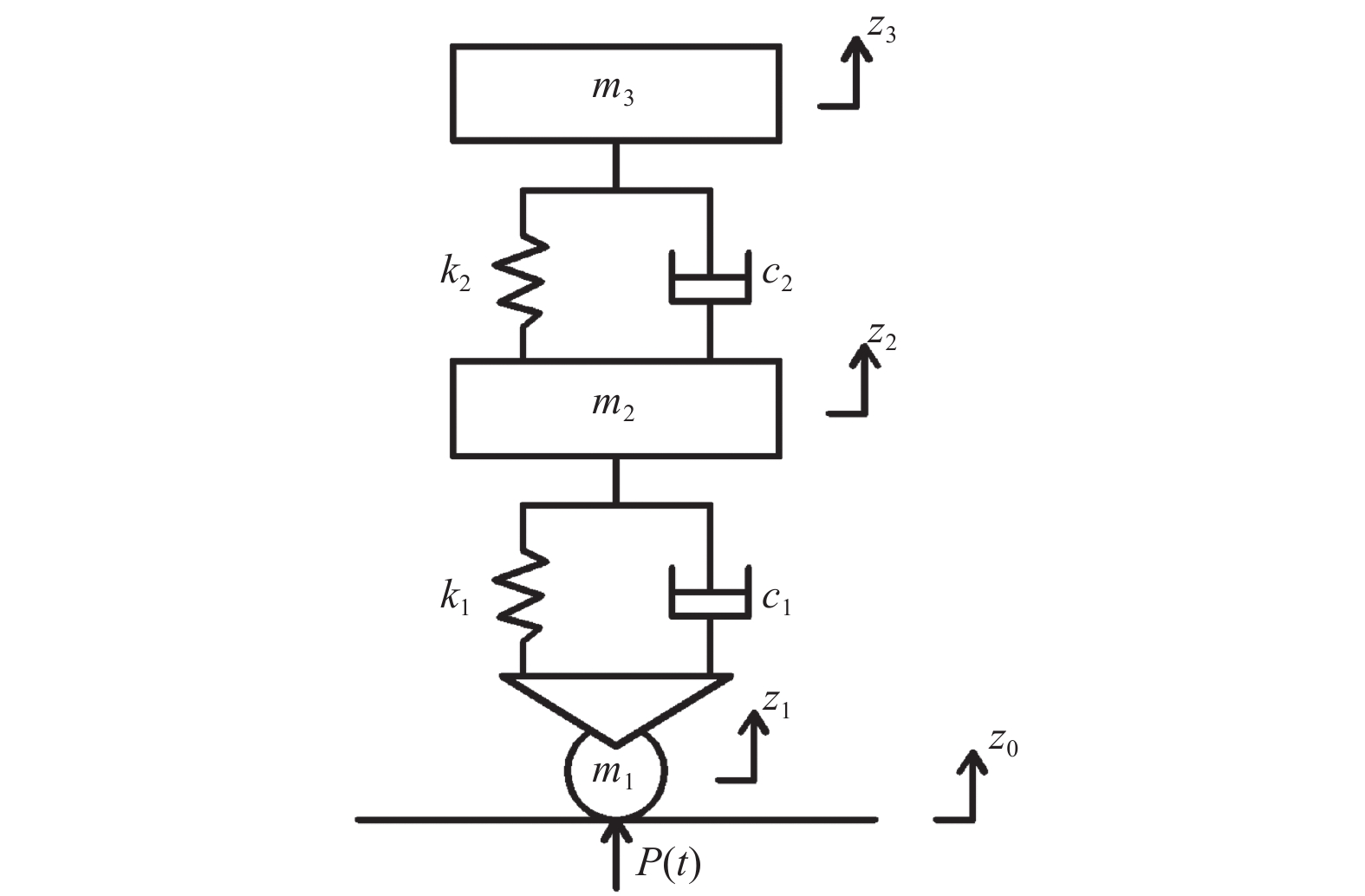Research on vibration control of building over rail transit depot by inerter system
-
摘要: 以惯容系统及双层轨道交通车辆段上盖建筑为研究对象,建立并验证有限元模型,探究不同类型及惯质比的惯容系统对车辆段上盖建筑振动控制的效果。结果表明,黏滞惯容阻尼器(VMD)、调谐惯质阻尼器(TID)和调谐黏滞质量阻尼器(TVMD)等3种惯容系统均能有效降低上盖建筑各楼层的Z振级,且随着惯质比的增大,减振效果越显著。不同惯质比的TID和TVMD的Z振级减小幅值较大,可达1 dB~3 dB;而VMD减振效果相对较弱,Z振级减小幅度约1 dB。Abstract: Focusing on inertance systems and double-deck rail transit vehicle depot superstructure buildings, a finite element model was established and validated, the effectiveness of different types and inertance-to-mass ratios of inertance systems in controlling the vibration of these superstructure buildings was investigated. The results indicate that the three types of inertance systems viscous mass damper (VMD), tuned inerter damper (TID) and tuned viscous mass damper (TVMD) can all effectively reduce the Z-weighted vibration level on each floor of the upper building, and the damping effect becomes more pronounced as the inertance-to-mass ratio increases. Inertance systems TID and TVMD with different inertance-to-mass ratios exhibit larger reductions in the Z-weighted vibration level, reaching 1 dB~3 dB; whereas VMD shows relatively weaker damping performance, with a reduction in the Z-weighted vibration level of approximately 1 dB.
-
Key words:
- rail transit depot /
- upper building /
- finite element method /
- inerter system
-
-
[1] 张莉莉. 地铁邻近建筑三维隔振(震)支座力学性能试验及减振效应分析[D] . 上海: 上海大学, 2021. [2] 夏靖. 车辆段上盖结构振动控制关键技术研究[D] . 青岛: 青岛理工大学, 2018. [3] 曹志亮. 高架地铁车库—上盖物业振动舒适度与控制研究[D] . 南京: 东南大学, 2018. [4] 赵娜. 地铁上盖物业的振动舒适度研究[D] . 武汉: 武汉理工大学, 2012. [5] 袁葵. 地铁车辆段上盖建筑车致振动特性分析与隔振研究[D] . 武汉: 武汉理工大学, 2019. [6] 丁超. 地铁上盖超高层结构多级竖向减振效果研究[D] . 广州: 广州大学, 2022. [7] 邹超. 地铁车辆段及上盖建筑物振动传播规律及减振技术研究[D] . 广州: 华南理工大学, 2017. [8] 郑照怡. 地铁上盖框架结构的隔振减振措施研究[D] . 广州: 华南理工大学, 2018. [9] 张瑞甫, 曹嫣如, 潘超. 惯容减震(振)系统及其研究进展[J] . 工程力学, 2019, 36(10): 8 − 27. [10] 孙晓静. 地铁列车振动对环境影响的预测研究及减振措施分析[D] . 北京: 北京交通大学, 2008. [11] 刁兆顺. 惯容减震桥梁结构的控制机理及性能[D] . 烟台: 烟台大学, 2023. -




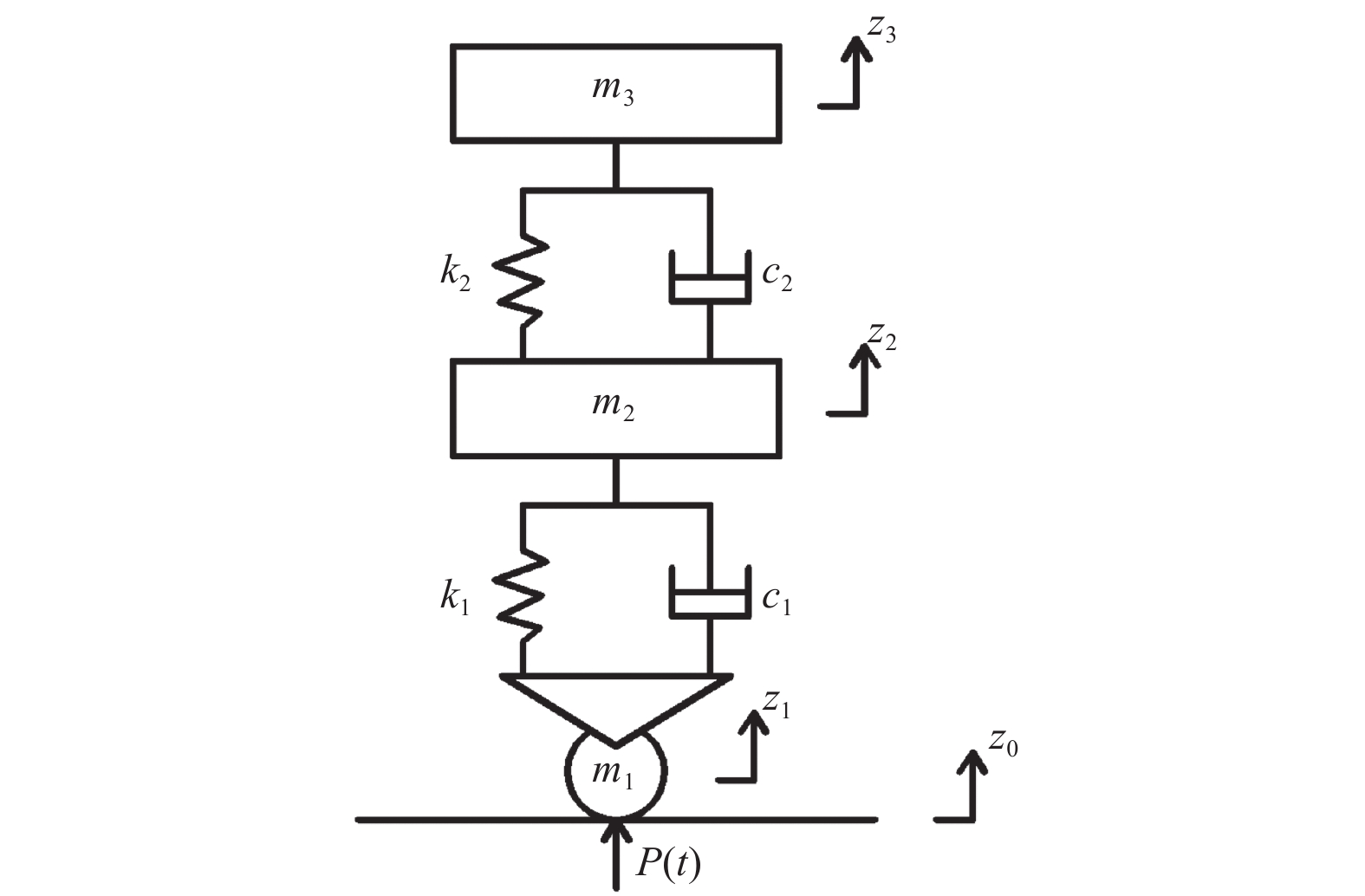
 下载:
下载:
